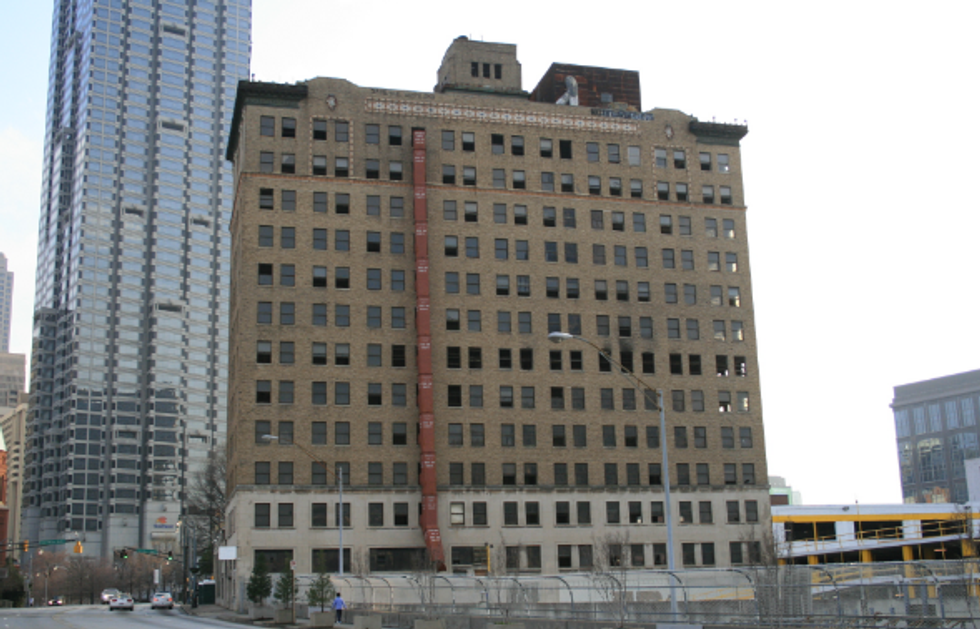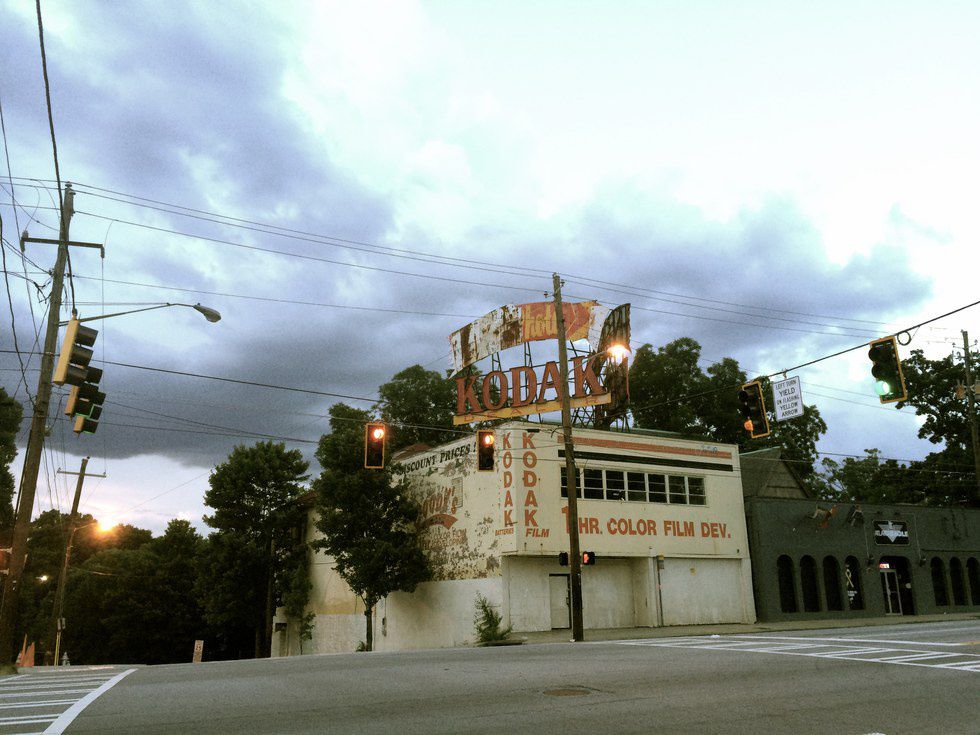Technically speaking, urban decay describes a once great and functioning city or building which has over time become abandoned and left to rot. As well-to-do residents fled the incoming poor in urban areas, many public and private buildings were no longer taken care of and have suffered this fate. As cities decay physically, social aspects accompany it. The crime and unemployment rates increase, and the population decreases.
Although urban decay exposes much of the emptiness in many of our great cities, it also expresses a kind of beautiful sadness. Urban decay is once impressive buildings now hollow and dwarfed by steel skyscrapers. It is small houses once full of warmth, now gripped by wandering vines.
Urban decay is broken windows, graffiti, missing bricks, and doors hanging off the hinges. Urban decay is a single dandelion somehow growing with no sun in a cracked parking lot.
As places fall apart, it is important to remember this doesn't have to be the end. We can come back to these broken buildings. We can make their weeping windows smile again. We can show the 1980s that they made a mistake by turning their backs on these bashful masterpieces. We can be the change.









 Energetic dance performance under the spotlight.
Energetic dance performance under the spotlight. Taylor Swift in a purple coat, captivating the crowd on stage.
Taylor Swift in a purple coat, captivating the crowd on stage. Taylor Swift shines on stage in a sparkling outfit and boots.
Taylor Swift shines on stage in a sparkling outfit and boots. Taylor Swift and Phoebe Bridgers sharing a joyful duet on stage.
Taylor Swift and Phoebe Bridgers sharing a joyful duet on stage.












